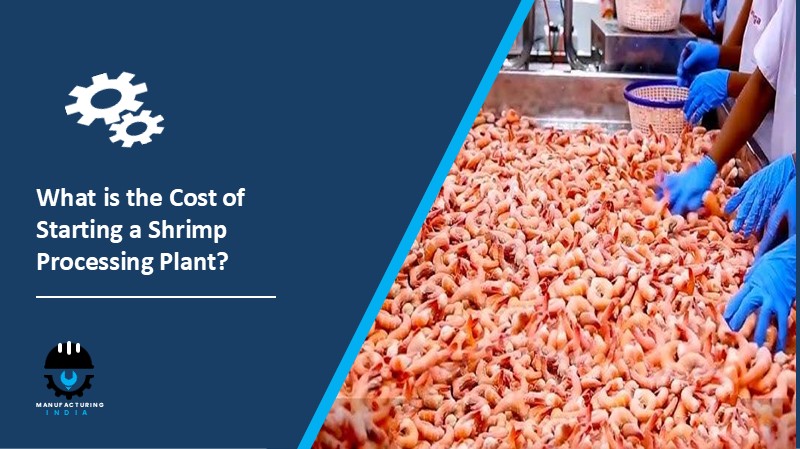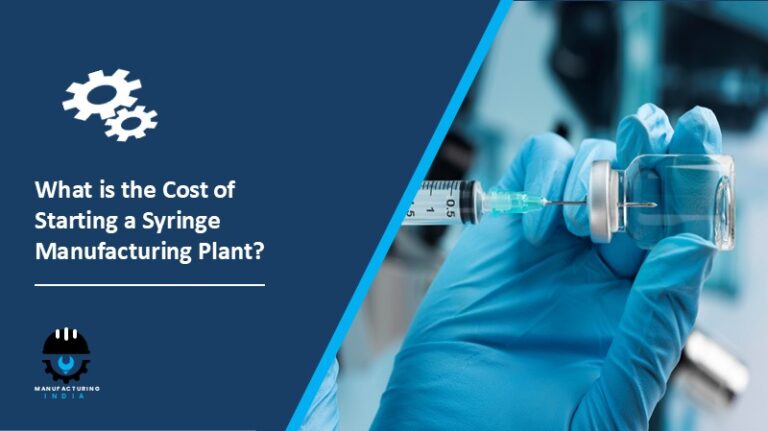
The shrimp processing industry presents a lucrative opportunity for entrepreneurs looking to tap into the growing demand for seafood across domestic and international markets. Shrimp is one of the most exported seafood products globally, valued for its taste, nutrition, and versatility. Establishing a shrimp processing plant not only supports local aquaculture but also provides access to profitable export avenues.
However, before setting up such a venture, it is essential to understand the key cost components, investment requirements, and major factors that influence overall project feasibility.
Understanding the Shrimp Processing Business
A shrimp processing plant is designed to receive raw shrimp from farms or fisheries and process it into ready-to-cook or value-added products. The main objective is to ensure hygiene, quality preservation, and extended shelf life.
Typical processing activities include:
- Cleaning and sorting
- De-shelling and de-veining
- Grading (by size or type)
- Cooking, freezing, and packaging
- Cold storage and distribution
Depending on your scale, the plant can focus on frozen shrimp, ready-to-eat shrimp products, or specialty seafood lines for export markets.
Key Cost Factors Involved in Setting Up a Shrimp Processing Plant
The total cost of establishing a shrimp processing plant depends on several factors such as location, plant capacity, level of automation, and infrastructure. Below are the primary cost components that determine the investment size.
1. Land and Site Development
Selecting a strategic location near shrimp farms or coastal areas can minimize transportation costs and ensure a steady supply of raw material. Land costs vary depending on the region and available utilities such as electricity, water, and drainage. Site preparation, drainage systems, and access roads are initial cost considerations.
2. Building and Infrastructure
The plant layout typically includes sections for raw material reception, cleaning, processing, freezing, packaging, and cold storage. Infrastructure costs cover civil construction, flooring, drainage, ventilation, and hygiene systems that comply with food safety standards. Additional spaces like administrative offices, laboratories, and workers’ areas must also be considered.
3. Machinery and Equipment
Machinery forms the backbone of the shrimp processing unit. Equipment may include:
- Cleaning and sorting machines
- Peeling and de-veining systems
- Grading machines
- Cooking kettles or steamers
- IQF (Individual Quick Freezing) systems
- Cold rooms and blast freezers
- Vacuum packing or sealing machines
The degree of automation greatly influences equipment costs—semi-automatic plants require lower capital investment compared to fully automated systems.
4. Utilities and Ancillary Systems
Utilities such as water supply, refrigeration, power, steam, and compressed air are essential for uninterrupted processing. Setting up these systems and ensuring backup power generation adds to the initial setup cost. Effluent treatment and waste management facilities must also be established to comply with environmental regulations.
5. Raw Material Procurement and Working Capital
Working capital is a crucial component in seafood processing since raw shrimp is perishable and must be handled promptly. Costs associated with sourcing shrimp, transportation, packaging materials, and cold chain logistics form part of recurring expenses. Maintaining adequate working capital ensures smooth plant operations during fluctuating supply seasons.
6. Labor and Human Resources
The shrimp processing industry requires both skilled and unskilled workers for operations like sorting, cleaning, and packing. In addition, technical staff for quality control, refrigeration, and machine maintenance are essential. Labor costs vary depending on location, workforce size, and operational shifts.
7. Quality Assurance and Certifications
Since seafood is export-oriented, obtaining certifications such as HACCP, ISO, or FSSAI compliance is critical. Although these certifications are not high-cost items, the infrastructure and systems needed to meet quality standards require dedicated investment.
8. Marketing, Branding, and Distribution
Developing a strong brand identity and setting up distribution channels adds value to your product. Whether you focus on domestic or export markets, costs related to packaging design, labeling, logistics, and cold chain distribution should be factored in.
Steps to Establish a Shrimp Processing Plant
- Project Planning & Feasibility Study – Assess market demand, raw material availability, and financial viability.
- Site Selection & Approvals – Choose a coastal or aquaculture-rich location and obtain required licenses.
- Plant Design & Machinery Procurement – Finalize layout, purchase equipment, and install necessary utilities.
- Recruitment & Training – Hire skilled manpower and conduct hygiene and food safety training.
- Trial Production & Quality Testing – Run pilot batches to ensure product consistency and compliance.
- Commercial Production & Marketing – Launch your products into target markets, supported by strong distribution.
Factors Influencing Project Profitability
The profitability of a shrimp processing unit depends on several operational and external factors:
- Consistent supply of quality shrimp from farms or fisheries
- Efficient processing yield and minimal wastage
- Energy-efficient freezing and cold storage systems
- Export market prices and exchange rates
- Brand reputation and buyer partnerships
Maintaining high hygiene standards and investing in modern technology can improve margins and operational efficiency.
Setting up a shrimp processing plant offers promising returns, given the global demand for seafood and processed products. While the investment can be significant, a well-planned facility with efficient operations and strict quality control can ensure long-term profitability.
Entrepreneurs entering this industry should focus on cost optimization, process automation, and sustainable practices to remain competitive in domestic and international markets.
A detailed project feasibility study and cost analysis can help determine the precise financial requirements based on your chosen production capacity, location, and target market.



